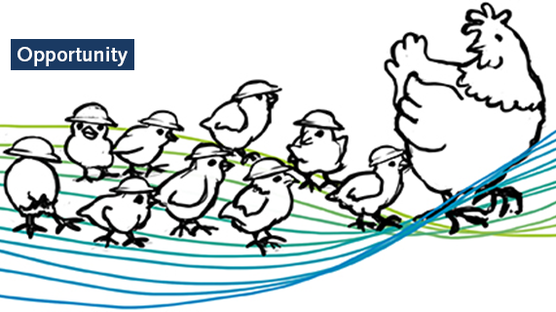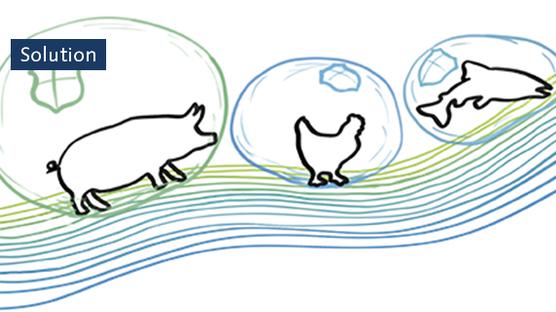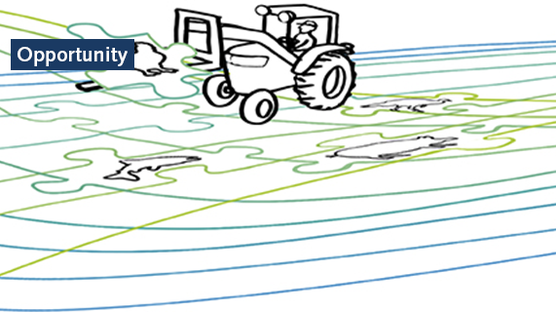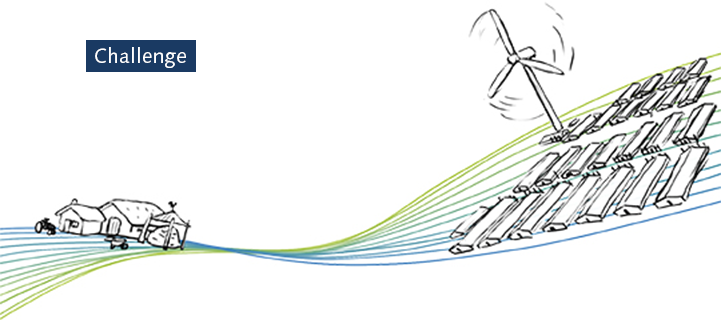
Published on May 1, 2021
Facing husbandry and farming challenges together
The global demand for food and animal protein will dramatically increase in the coming decades. Raising and processing animals, land and water based, for the production of food will become increasingly challenging. In light of this growing demand for farmed animal protein, certain challenges will have to be addressed by the livestock sector. In this article we will touch upon the need for skilled farm labor in the face of an aging industry.
Changing view on animal welfare
Traditionally, animal welfare was referred to as adhering to the minimal acceptable standards of farm animals. Acceptable standards of animal welfare were and are determined by legislation, which supposedly set the minimal standard that a society is prepared to accept in food production.
However, through additional research on animal welfare over the last decade, the industry is shifting its mindset from minimizing animal suffering toward providing animals with higher welfare with regard to housing, animal density, animal care and so on. Certain retailers and other accreditation schemes, labels or standards have accelerated this process and raised the bar for higher levels of animal welfare. In the future, we will see more systems that are adapted to include positive animal-based welfare measures, such as the ability to move freely and to accommodate natural animal behavior.
Labor issues weigh on animal welfare
For producers it is difficult to find good help on the farm. The human population is increasingly urban, and so fewer people have the skills or interest to work in agriculture. There is limited awareness in urban communities that animal husbandry is a potential occupation, and the current agricultural workforce is aging. In addition, it takes time to develop and maintain a long-term workforce of highly skilled and effective animal caretakers.
From a research involving fifty-eight experts on UK farmed livestock, several labor issues have been identified that affect overall animal welfare. The issues they summed up are lack of knowledge, training, skills, or expertise in animal behavior and welfare, and limited access to veterinary care.
High turnover rates in farm labor put pressure on basic training, limiting the ability of new workers to recognize normal behavior, pain, and other welfare issues. Next to recognition of the need for (veterinary) care, the limited training time is one of the causes for the reduced ability to provide appropriate care to animals, to diagnose correctly and/or alert a veterinarian in time.
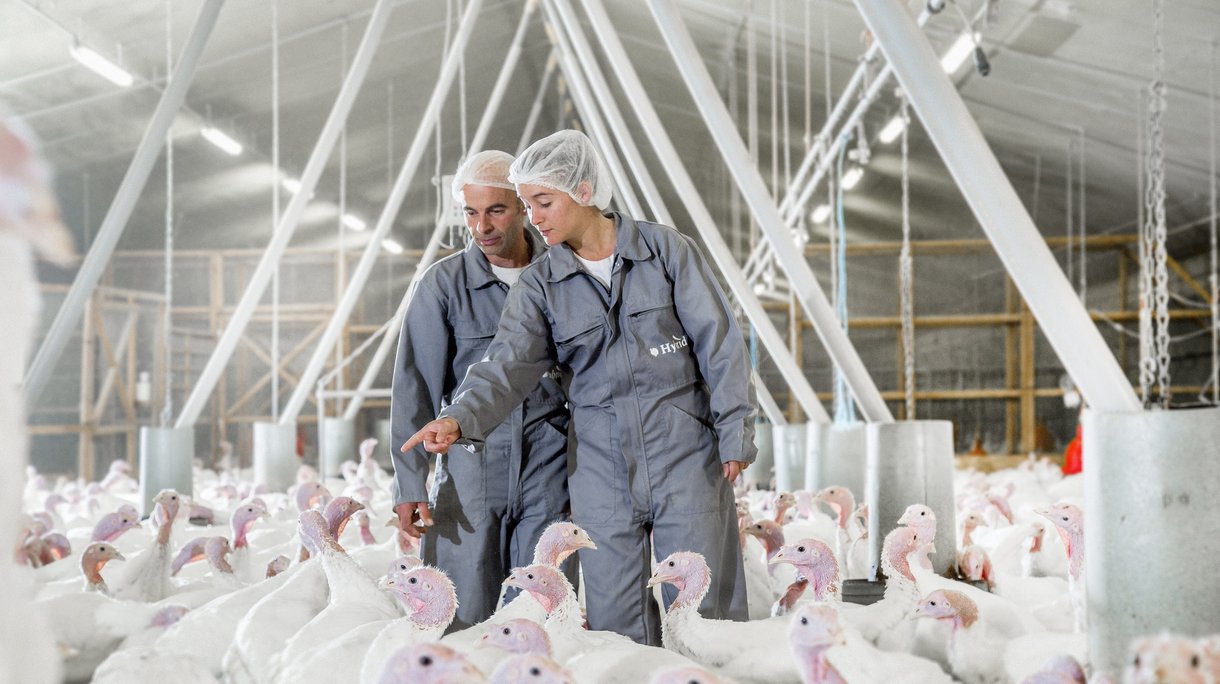
Change in systems, change for management
Although larger and more intensive farms may be better at maintaining a good and steady workforce, intensification and large numbers of animals can increase animal (and human) stress and disease pressure. Animals in modern commercial production systems are often confined within housing systems that limit their ability to express species-specific behavior. This can lead to damaging behaviors such as tail-biting or feather-pecking. Unfortunately, this can cause injured animals or the need for euthanasia. It remains a very difficult decision to euthanize an animal. It is not crystal clear when to euthanize a sick or injured pig, despite written policies. Again, it depends on thorough staff training in euthanasia protocols and clear procedures to provide staff with reassurance to reduce the suffering of animals.
Also, the efficiency of animal breeding creates new challenges for farm workers. For example, with increasing litter size in pig farming, piglet mortality is sometimes a significant concern. Farm workers must have the skills to care for large numbers of piglets, as the number of viable piglets may exceed the number of available teats. For this reason, use of nurse-sow systems, early and split weaning and use of artificial rearing systems are introduced into a farm.
Last, but not least, welfare issues associated with animal handling and transport are an issue. Larger systems with automated systems keep animals with little experience of human contact from being handled. Different risk factors are important depending on the type and age of the animal in transit. For example, the risk of bone fractures is higher in end-of-lay hens; they require gentle handling and catching before transport. The same accounts for baby chicks, piglets, and juvenile fish.
In general, the collection, handling and loading of animals for transport is always stressful for animals. Other conditions during transport like ventilation and temperature control are also very important and are a cause of major casualties in the animal production chains.
Outlook
In the next 30 years, the population of our planet is estimated to increase by over a third to reach 9-10 billion people. A higher level of animal protein in terms of dairy, meat and fish consumption per capita is therefore expected due to rising levels of affluence and the trend towards globalization. The crucial importance of the world’s agriculture system has never been as widely recognized as it is today, as the demand for calories from animal products is likely to double in that time.
At the same time, the future food production system is part of a growing discussion on sustainable practices when it comes to animal husbandry and housing systems. Meeting the nutritional demands of the food chain as our world’s population expands will require significant investment in high quality genetics as well as better training of farm staff to support them providing the best animal care possible. How does high quality genetics play into efficient farm management? Find out!
You've read a challenge article. Interested in the solution or opportunity?
Do you want to explore all articles?

